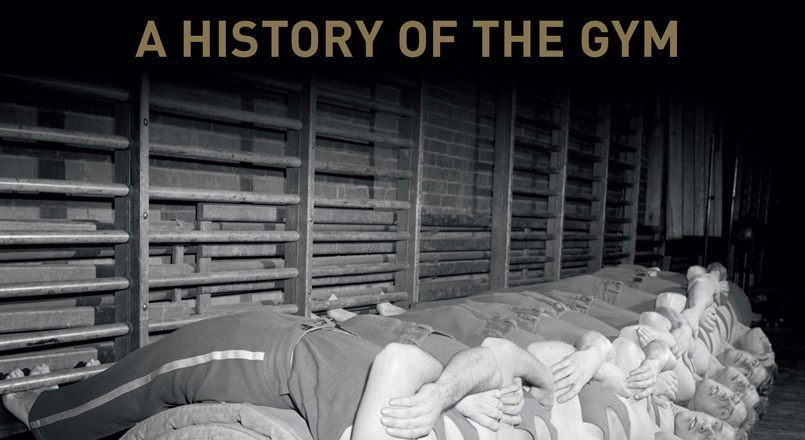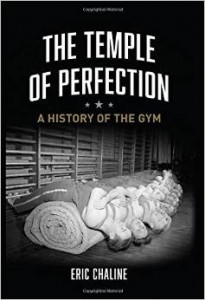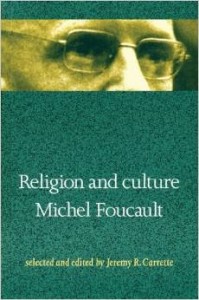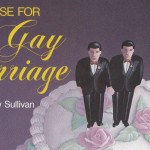
There is an LA Fitness just down the road from our new apartment. It is an impressive temple to bodily perfection.
Yesterday our mattress and boxsprings finally got delivered. It was our first day in something like six months of not sleeping on an undersized mattress directly on the floor or on a couch.
Needless to say, we cannot afford the price of admission to the temple of perfection even though it is practically in our backyard.

But maybe there’s something historically Christian in my non-admission to this particular temple? I’m thinking of an Irish Times review of The Temple of Perfection: A History of the Gym, a book published by the University of Chicago Press (a powerhouse of publishing in my estimates):
Freeborn [ancient Greek] male citizens would go there [the gym] to train their bodies in the pursuit of arete – moral, physical and intellectual excellence. At the gym they would also enjoy same-sex erotic relationships, the beginning of a symbiosis between homosexuality and the gymnasium that continues to the present day.
The decline of classical Greek civilisation and the rise of Christianity, with its denunciation of the body as sinful and its castigation of same-sex relationships as ‘sodomy’, meant that the gymnasium fell into decline for many centuries.
It was not until the late 18th century, when emergent nation-states warily eyed their neighbours and bemoaned the ‘effeminacy’ of their own citizens, that the gymnasium was revived. As well as providing training grounds for the production of better, fitter soldiers, the new gymnasia also served the physical education of children as part of a more progressive, child-centred philosophy of education.
The connection between the nation-state and homosocial gym culture is pushed even further later in the article (and in the book, obviously). It is pushed deeply into the territory of what is considered typically American culture:
The 20th century was, of course, the American century. With the nation’s dream-machine producing ripped, square-jawed superheroes to project American military, economic and political might, a new aspirational body-image emerged: the Superman. As Chaline notes, modern American and ancient Greek culture have a certain amount in common, not least their individualistic ethos and its attendant competitiveness.
The new cult of the American body beautiful – the “hyper-muscular supermale” – found its home on Muscle Beach, California, where bodybuilders gathered to flaunt their bulging physiques.
I wonder if reading this might make Cardinal Burke reconsider his complaints about the “feminization” of the Church.

Lest we forget the relativity of sexual roles there’s also mention of Michel Foucault, who, by the way, was educated early in life by Jesuits:
Chaline has a particularly keen interest in how homosexuality has influenced, and been influenced by, gym culture from antiquity to the present. His analysis of the theme, and of sexuality in general, relies heavily on Michel Foucault. For instance, he wields a Foucaultian scalpel to show how the pederasts of ancient Greece, who enjoyed sexual relationships with boys and young men without suffering social disapproval, would have failed to understand modern labels such as ‘homosexual’, were we to go back in time and apply them.
The layout and atmosphere of the modern gym, Chaline argues, is the product of a long collaboration between homosexual and heterosexual males. He speculates on the evolutionary advantages of ‘the fitness body’ – the contemporary archetype of male beauty: trim, young, virile and muscular, well-known from advertising and cinema.
As you can tell from my posts on the heteronormative nature of monasticism and the Catholic thrust of advocating gay marriage, the history of sexuality is something that deeply interests me–as well it should, because Christianity is an incarnational faith or it is nothing.
In the latter post I promised to write about the doctrinal and practice-oriented consequences of the Christian revolution upon same-sex relations. There isn’t enough time for this, because I had to take my son to the dentist. This once again proves that, as Fabrice Hadjadj argues, marriage isn’t about harmony, but about drama–even if it is the insignificant drama of not being to fulfill one’s blogging obligations because of a higher calling.
Even if I had the money I probably wouldn’t have the time for gym anyway. I need to get back into a full regimen of a different sort of exercise.
Anyway, we’ll get back to the topic of the history of sexuality and Christian sexual ethics next time then.
=========================
Wouldn’t it be nice if everything would be as harmonious as this Sizzler commercial? But then it wouldn’t be real Christian family life.
Besides publishing The Temple of Perfection: A History of the Gym the University of Chicago Press offers a wide range of specifically Catholic-interest philosophy and theology titles that you should check out.
Speaking of temples, did you know there is something called First Temple Theology emerging within historical theology?












